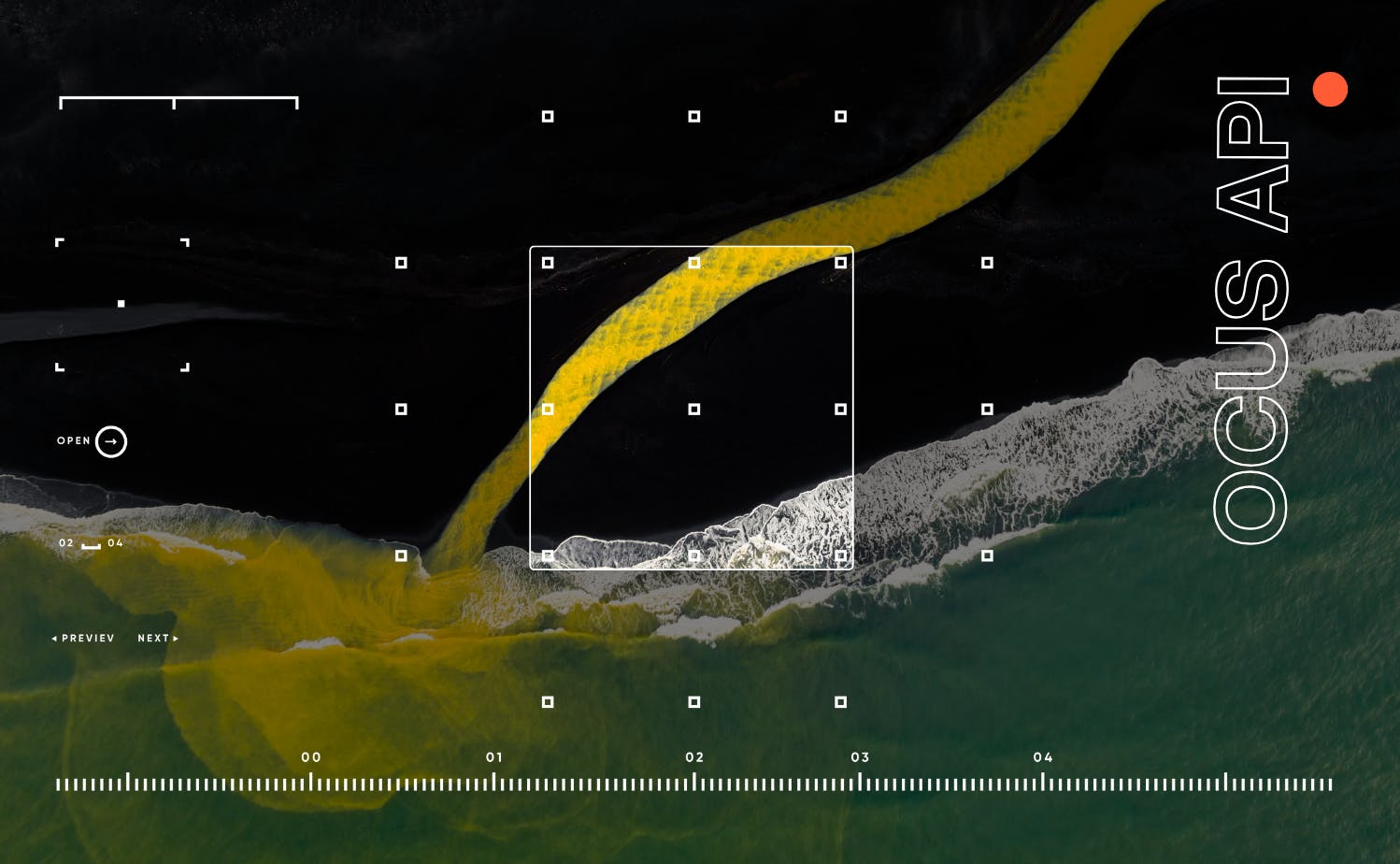
The OCUS API for Imagery Platform Explained

In the world of eCommerce, food delivery, real estate, and B2C sales, the right visuals can dramatically enhance engagement, loyalty, and profits. However, the hurdles of scaling photo operations, improving image quality, and reducing expenses are real challenges for big businesses. That's where the OCUS API for Imagery Platform comes in. Find out how it transforms the game.
For companies that specialize in eCommerce, online food and grocery delivery, real-estate, and B2C products sold via digital visual merchandising, custom photo, and video content dramatically increase engagement, brand loyalty, and sales. It sounds simple (and it can be) but for most enterprise-class companies, scaling up photoshoots, optimizing image performance, and reducing operational costs can be a major challenge.
Producing powerful visuals at a meaningful scale requires a smart solution that combines seamless technology with human expertise and support. Enter the OCUS API for Imagery Platform™, which has been integrated by forward-thinking digital brand companies like Hilton, Amazon, and UberEats. Here’s everything you need to know about the OCUS API:
What is an API?
An Application Program Interface (API) is like a handshake. It establishes a standardized language for two different systems to communicate and exchange data.
What is the OCUS API for Imagery Platform?
Powered by a world-class photographer community, the OCUS API enables clients to automatically order and receive photos and videos through their back office to scale and produce high volumes of content with ease. API integration accelerates the photography process by automating the ordering, tracking, and delivery of the photoshoots that OCUS produces. It allows clients to centralize and manage photoshoot information within their tool.
What results are clients seeing after using the Imagery Platform?
The Imagery Platform has reduced the time clients spend on their photography needs by up to 30 percent, and it has reduced overall lead time by three days. The API ensures that full, transparent, and consistent data is provided across orders.
What is required for API integration?
Integration is simple and requires a minimal investment of time. The development window is extremely short—just a half day to set up the simplified order process and only two days to establish full two-way integration. First, documentation is provided for a company’s product team to review. Then, the company’s development team can connect their framework of choice with the OCUSAPI. Documentation is very clear and easy to implement, and OCUS has a dedicated team to support clients as they navigate this simple process.
What are the key benefits of implementing the OCUS API for Imagery Platform?
- Increase revenue: Onboard partners faster by getting them online quickly and delivering high-performing visual content at scale.
- Scale with ease: Produce high volumes of visual content where and when you need it without creating new and complicated workflows.
- Reduce costs and errors: A zero-touch ordering and delivery process saves thousands of hours by reducing manual tasks and human errors such as typos in a photoshoot location address.
- Boost customer value: Create a best-in-class customer experience with simplified onboarding to increase photoshoot acceptance rate, partner satisfaction, and retention.
Contact marketing@ocus.com today, to learn how the OCUS API for Imagery Platform can drive results specific to your business needs.